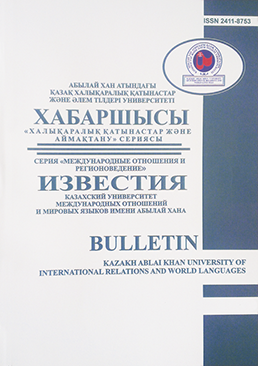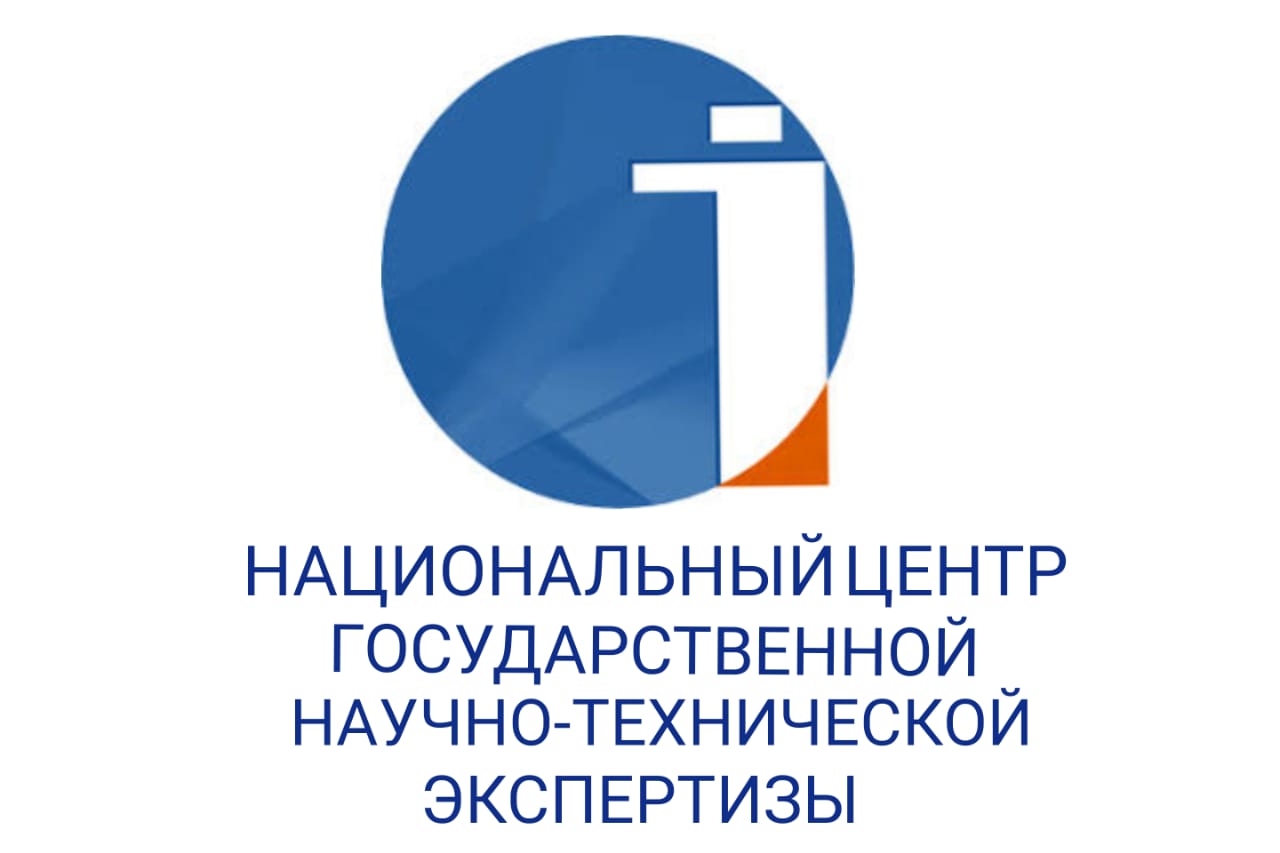REGIONAL INTEGRATION IN THE MIDDLE EAST: POLITICAL, ECONOMIC AND SECURITY DIMENSIONS
DOI:
https://doi.org/10.48371/ISMO.2025.61.3.019Keywords:
Middle East, Central Asia, regionalization, energy policy, regional security, multi-vector diplomacy, international relations, integration, regional cooperationAbstract
Over the past decades, numerous attempts at regionalization in the Middle East have been undertaken, yet cooperation in the political, economic, and security dimensions remains limited. This article examines the weaknesses of these processes, focusing on institutional fragility, lack of trust among states, and persistent dependence on external powers. Employing a comparative political analysis, the study juxtaposes the Middle Eastern and Central Asian experiences to highlight the distinct features of regional integration. The findings reveal that while energy policy constitutes a major driver of interdependence, interstate rivalry and mistrust hinder its full potential. In the security domain, despite common threats, regional institutions remain weak, with external actors exerting decisive influence. Geopolitically, multi-vector diplomacy enables states to safeguard sovereignty but simultaneously constrains deeper integration. The study concludes that regionalization in the Middle East evolves primarily in informal and adaptive forms, underscoring the necessity of flexible, multi-level frameworks of cooperation for the future.







